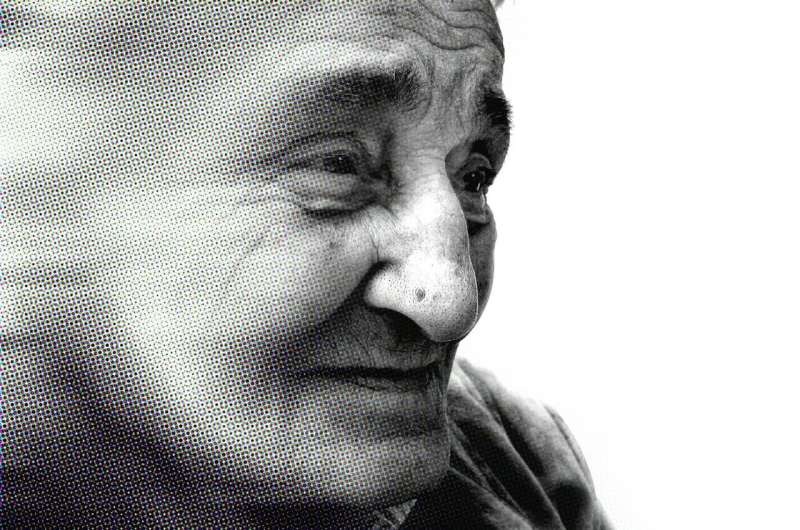This article has been reviewed according to Science X's editorial process and policies. Editors have highlighted the following attributes while ensuring the content's credibility:
fact-checked
peer-reviewed publication
trusted source
proofread
Study reveals high use of physical restraints in home care for older adults with dementia

A new study from Duke-NUS Medical School has highlighted the widespread use of physical restraints among caregivers of older adults with advanced dementia living at home, revealing a need for better guidance and alternative care approaches. Nearly half (47%) of the caregivers surveyed reported physical restraints were used on family members with dementia, pointing to a gap in support and resources.
In Singapore, the aging population is growing rapidly, with those aged 65 and older expected to comprise nearly a quarter of the population by 2030. Among this demographic, at least 10% are expected to develop dementia. While the use of restraints has been extensively studied and largely prohibited in nursing homes in other countries, this study is the first to examine their prevalence and the factors leading to their use in home settings, where the majority of older adults with dementia in Singapore receive care.
Assistant Professor Chetna Malhotra from the Lien Centre for Palliative Care at Duke-NUS, who supervised the study, said, "The care of older adults with severe dementia presents unique challenges, especially when physical restraints are involved. These practices, while sometimes used out of a perceived necessity for safety, can impact older adults' physical and psychological health. It has also been associated with depression, post-traumatic stress, incontinence and increased rate of cognitive decline."
The study, published in the Journal of the American Geriatrics Society, surveyed 215 family caregivers of patients with advanced dementia. The participants were recruited from public hospitals, home care foundations and hospices between May 2018 and March 2021.
The researchers found that common types of restraints used included belts or sheet ties (56%), locked geriatric chairs with fixed tray tables (35%), hand mittens (31%) and ankle or wrist ties (25%). The most common reasons for using these items were safety (protection from falls and preventing wandering), preventing removal of catheters or feeding tubes, and managing agitated behavior.
However, the research team pointed out that feeding tubes have not been shown to improve quality of life or prolong survival for older adults with severe dementia. Instead, clinical guidelines recommend careful hand feeding.
Likewise, agitation is a complex response behavior that can be particularly taxing for caregivers when accompanied by irritability, restlessness, or in rare cases, violence. It also signals unmet needs or a deterioration in health. Caregivers may need help to identify the source of the behavior and come up with a way to manage it (e.g., reducing noise levels or playing soothing music) that provides compassionate and responsive care while avoiding restraints.
Survey respondents were divided on how physical restraints affected older adults' quality of life, with 39% suggesting it was not affected, 44% indicating reduced, and 17% indicating improved.
The study also found that caregivers who had strong emotional support from friends were less likely to report restraint use. On the other hand, caregivers with higher psychological distress, or who had other caregiving responsibilities, were more likely to report restraint use.
Dr. Ellie Bostwick Andres, first author of the paper and a senior research fellow from the Lien Centre for Palliative Care at Duke-NUS, said, "There is a concern for caregivers under pressure without adequate support. Many caregivers, struggling to balance employment and caregiving, view restraints as a necessary measure for safety. Unfortunately, they might not be fully aware of the detrimental effects these can have on their loved ones."
Professor Patrick Tan, Senior Vice-Dean for Research at Duke-NUS, added, "As Singapore confronts the challenges of an aging population, understanding the use of restraints in home care is critical. This study not only raises awareness but also calls for a shift towards more supportive approaches to dementia care at home, ensuring better outcomes for older adults and their families."
More information: Ellie Bostwick Andres et al, Caregiver‐reported use of physical restraints among community‐dwelling older adults with severe dementia in Singapore, Journal of the American Geriatrics Society (2024). DOI: 10.1111/jgs.18797



















